Research yields improvements in both diagnosis and treatment

By Michael Bloomfield, MD, and Trevor Murray, MD
Cleveland Clinic is a non-profit academic medical center. Advertising on our site helps support our mission. We do not endorse non-Cleveland Clinic products or services. Policy
Periprosthetic joint infection (PJI) after total hip and knee replacement poses significant problems for arthroplasty patients and surgeons. As a tertiary referral center, Cleveland Clinic’s adult reconstruction specialists treat a large number of patients with PJI. Under the direction of Carlos Higuera, MD; Wael Barsoum, MD; and Alison Klika, MS, we also actively research in this area. Our recent research potentially impacts both diagnosis and treatment of this significant problem.
The gold standard for diagnosing PJI is the Musculoskeletal Infection Society (MSIS) criteria. Clinicians should suspect infection in any patient they evaluate for a painful joint replacement. Clinical evaluation for PJI should include erythrocyte sedimentation rate (ESR) and C-reactive protein (CRP) laboratory tests. The affected joint should be aspirated and a sample sent for synovial fluid analysis and culture.
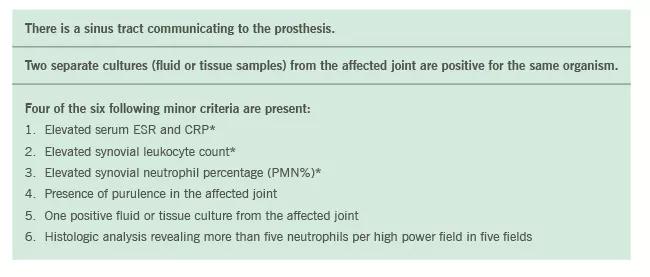
Table 1. *The Proceedings of the International Consensus Meeting on Periprosthetic Joint Infection later defined the following thresholds: ESR >30. CRP >1.0 mg/dL. Synovial leukocyte count > 3000 cells per µL. Synovial PMN% >80%.
Table 1. MSIS criteria for the diagnosis of periprosthetic joint infection. Infection is considered present if the conditions in any of the three boxes are present. However, an infection may be present if these criteria are not met, specifically with less virulent organisms (such as P. acnes).
Other factors may impact these test results, including the prior administration of antibiotics (causing a false-negative), and higher body mass index (necessitating a higher CRP threshold). An additional downside of the MSIS criteria is that all factors, including multiple tissue and fluid culture specimens and histopathology, may not be known preoperatively.
Our research indicates that Synovasure™, a test that measures alpha-defensin in synovial fluid, is highly accurate in diagnosing PJI, with:
This single preoperative test is highly predictive of the eventual diagnosis of PJI using the MSIS criteria. Another significant advantage to this test is that prior antibiotic administration does not appear to influence test results. Upcoming research will evaluate the accuracy of a newly-developed alpha-defensin point-of-care test.
The established standard treatment for chronic PJI in the United States is two-stage exchange arthroplasty with interval placement of an antibiotic spacer. This costly procedure carries significant morbidity for patients. Furthermore, the actual success rates for a two-stage procedure are less than ideal in many studies, with success rates reported as high as 93 percent but also as low as 72 percent.
In Europe, one-stage revision is much more common, with some centers reporting encouraging results in specific subgroups of patients. Cleveland Clinic will be participating in an upcoming multicenter randomized trial of one- versus two-stage revision for PJI in appropriately selected patients. Our hope is that certain patient groups may be spared the additional morbidity of the antibiotic spacer and second operation if one-stage revision proves as effective as two-stage.
Our other recent research indicates that after surgical treatment of PJI, chronic suppressive antibiotics significantly increased the infection-free survival of patients at five-year follow-up. Patients who underwent irrigation and debridement and those with staphylococcus aureus infections had the greatest benefit.
These advances in diagnosis and treatment of PJI allow us to move closer to identifying the ideal diagnostic and treatment methods for this burdensome infection.
Drs. Bloomfield and Murray are Cleveland Clinic orthopaedic surgeons who specialize in hip and knee replacement.
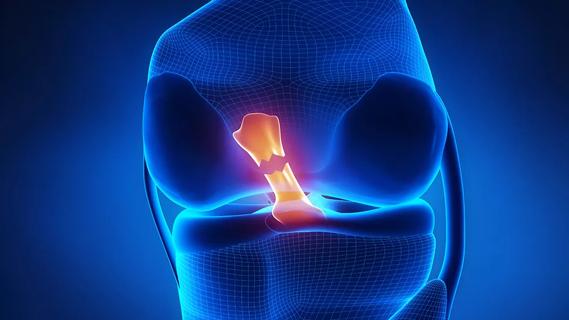
Study reports zero infections in nearly 300 patients
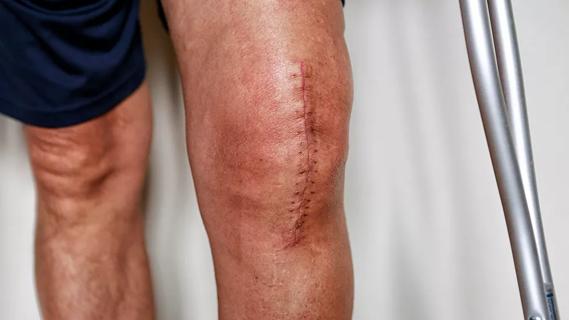
How to diagnose and treat crystalline arthropathy after knee replacement
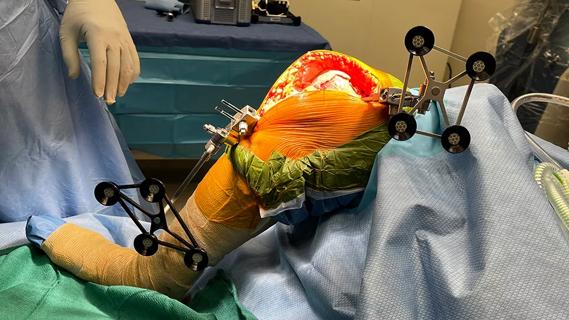
Study finds that fracture and infection are rare

Reduced narcotic use is the latest on the list of robotic surgery advantages

Cleveland Clinic orthopaedic surgeons share their best tips, most challenging cases and biggest misperceptions

How it actually compares to posterior and lateral approaches
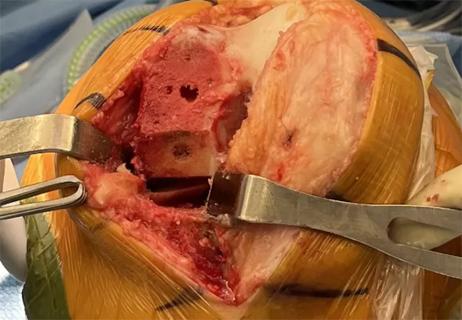
When procedure is performed by high-volume surgeons, outcomes are comparable to total knee replacement
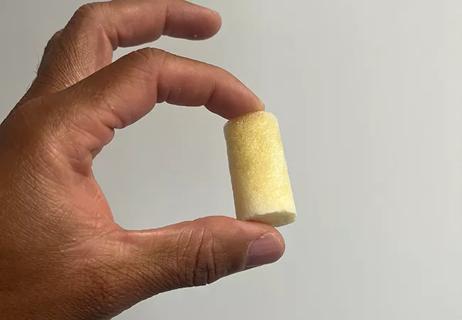
Clot substitute helps rejoin the stumps of a torn ligament